
Увага! На сайті використовуються cookie файли.
The site uses cookie files
Даний сайт має вікове обмеження.
This site has age restrictions!
Я підтверджую, що мені, на жаль, давно виповнилося 18 років
It’s no secret that Drinks+ reviewers are fascinated by the history of winemakers in Northern Europe. So, for now, we offer another conversation with a very interesting person – Danilo Costamagna, the founder of the Norsk Vin winery, an Italian from Piedmont who became a winemaker in Norway. It sounds, you must agree, intriguing. That is why we decided to find out how a guy from the south ended up in the north and why he decided to get into the wine business? And also about the prospects of Norwegian wine export, which, of course, is still at its initial stage, but, as they say – he who does not take risks, does not drink… musserende vin.
Drinks+: First of all, we would like to thank you for taking the time to answer our questions. Drinks+ is the largest wine media project in Eastern Europe. And, of course, it is valuable for us to discover new names, to inform about new wine routes. So, let me start with Piedmont. I can’t help but ask: how did a guy from the Italian region – the leader of Italian winemaking (unless Veneto or Tuscany can compete with it) – decide to engage in winemaking in a country that is not the most wine-producing country in the world? Why did you go to the north?
Danilo Costamagna: It’s a long story… But to cut it short… I came to Norway to study IT engineering in Trondheim. Later on I discovered here an active environment of Norwegian grape growers and got caught in this fun and madness. This happened 9 years ago.
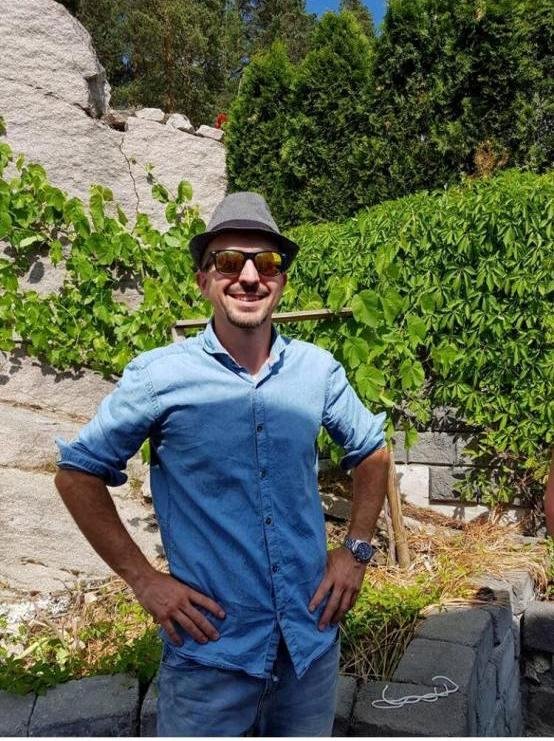
D.+: When and under what circumstances was Norsk Vin founded? Where did such a risky business idea come from?
D.C.: At the first wine competition held in Norway in 2017 I won the top prize for my wine. There I got the inspiration that it was possible to make something acceptable and even of good quality! Then I decided to start my own micro-business.
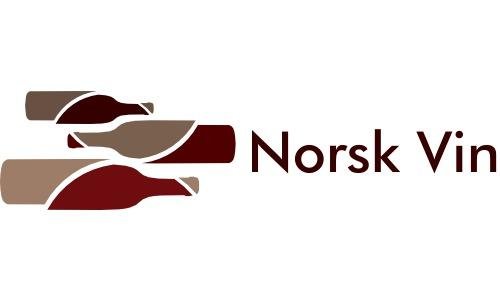
D+: I have read that your winery owns vineyards in several parts of the country. Where exactly are your vineyards located? And how is the production process organized?
D.С.: The vineyards are located in the Buskerud district, some of them – along the Oslofjord, others – more inland. Nowadays I am working on a bigger project located in the Randsfjord, near Jevnaker.
D+: Where did you study winemaking? Do you have wine gurus whose experience and knowledge you rely on, someone who advises you?
D.С.: I started studying the profession of sommelier in Norway at the “Beverage Academy”, but did not have time to graduate due to numerous projects. Later on I received WSET® Level 3 Award in Wines. I enrolled online at the European Wine Academy. There were also various courses and seminars from wine experts and winemakers where I took part, but mainly it was self-education.
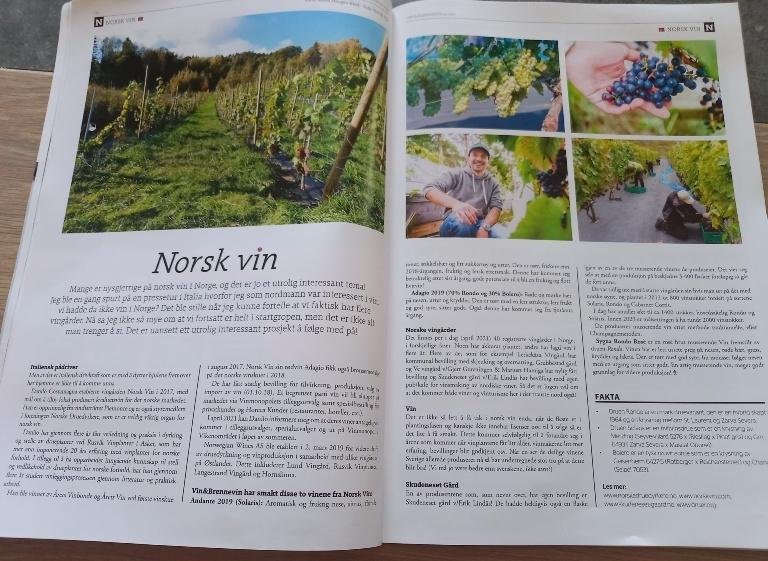
D+: What wines does your company make? How many liters per year? Red Adagio from Norsk Vin received a bronze medal at the Norwegian Wine Exhibition (Norsk Vinskue) in 2018. What kind of wine is it, from which variety? What other competitions/exhibitions have you participated in?
D.С.: So far, my maximum has been 1000 bottles (both red and white). Right now, the goal for this larger project, which I have mentioned earlier, is to get 6,000-7,000 bottles from 2ha, and later on, if everything is successful, to expand.

The goal is to produce mainly sparkling wine, white wine, some orange and red. The latter one – as part of this special project, since it is not easy to get a ripe red grape variety here.
I won gold medal for some of my wines at the PIWI International Wine Award competition, as well as a nice award “wine of the week” from Jancis Robinson for my white Andante.
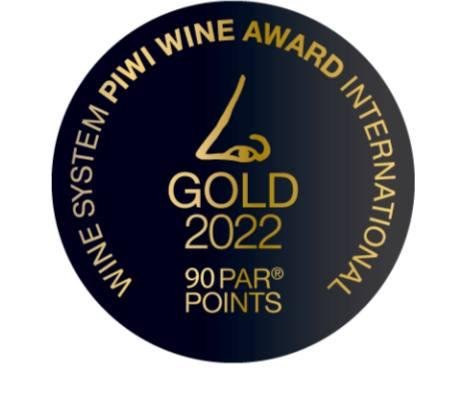
D+: Could you tell us about Norwegian sparkling wines? How many winemakers in Norway produce them? And do they have their own special name? Like Spanish Cava, Italian Prosecco, etc. I am not talking about musserende vin (Norwegian sparkling wine), but about some special name.
D.С.: No, today there is still no special protected name, like, for example, Italian Asti or Champagne. But we produce white sparkling wine, mostly by the traditional method, although there are many other experiments. To date, there are, probably, a maximum of 10 commercial producers of sparkling wine, but their number is gradually increasing.
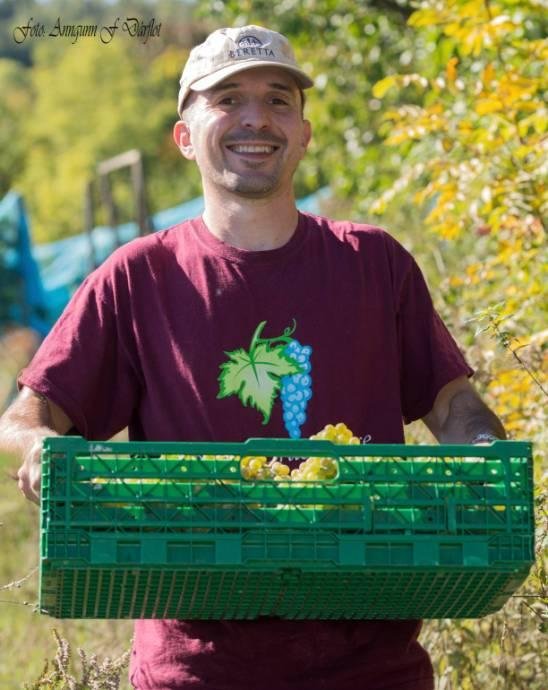
D+: Do you accept tourists, what tastings or attractions do you offer? Is it also Norwegians, and not just foreign tourists, who are interested in this?
D.С.: As part of the bigger project, our biggest vineyard now hosts tourists at Thobjørnsrud Hotell (located an hour’s drive from Oslo – ed.). We offer a guided tour of the vineyard, wine tasting, visit to the wine cellar and production facility. Various tourists come to us.
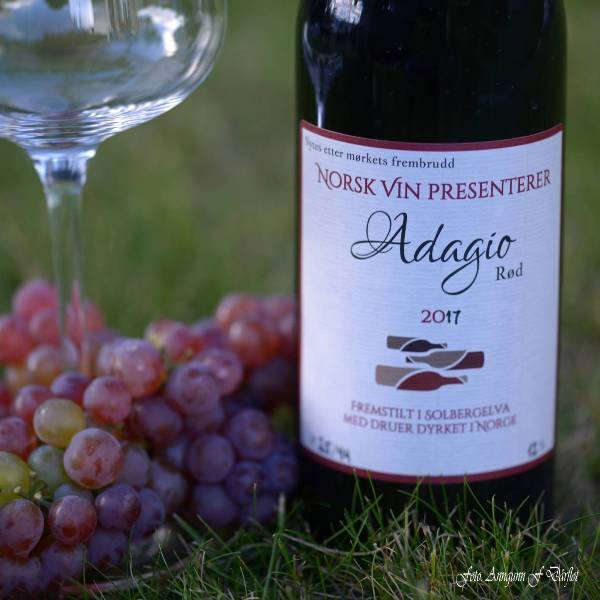
D+: Are you still a board member of Norske Druedyrkere (Norwegian Grape Growers Association)? Tell us about this organization, please.
D.С: I’m actually no longer on the board of the Association, but I have been for many years. Norske Druedyrkere started its activities in the late 90s of the last century as hobby producers and now there are more than 150 members. The main goal is to unite under one roof and educate winemakers in Norway through educational events, wine tastings, etc.
D+: In 2017, you won the Winemaker of the Year and Wine of the Year nominations. What are these prizes? How is everything happening, are these international or local events? Who decides the fate of the participants?
D.С: It was and still is a local event of the Norwegian Association of Grape Growers, with more than 40 wines participating. The jury included professional journalists, tasters and wine producers.

D+: How many wineries are there in Norway that produce wine from grapes? How many producers of fruit wines are there? Is their competition with each other noticeable – since it is a fruit, not grape, wine, that is a more familiar Norwegian product.
D.C.: I cannot give exact figures for fruit wines, the number of producers is increasing, especially for apple cider. Perhaps such data can be provided by Hanen (Norwegian trade organization for rural tourism, agriculture and freshwater fisheries – ed.). The most famous product for Norwegians at all times have been fruit wines and apple cider, produced by local farmers. Grapes are something exotic and strange.

D+: Norway’s long winter climate means that only special cold-adapted grape varieties can be grown here. Could you name the main varieties grown by winemakers in Norway? What varieties do you grow directly? Do you cover the vines for the winter?
D.C.: The main variety for white wine is Solaris, for red – Rondo, but we also grow Pinot Noir Precoce, Marquette, Regent and many other PIWI varieties (the abbreviation in German PIWI stands for fungus-resistant vines – ed.). Normally, we don’t need to cover the plants, but last winter it was -26℃ in some places and we got some vines damaged.
D+: The topic of climate change has recently become increasingly acute. In this regard, winemakers in different parts of the world are experimenting with grape varieties (more resistant to temperature changes and various diseases). Can we say that climate change means that Norway has a good chance of becoming a wine producing country in the future, and it may be closer than it seems? Or is it the other way around – does climate change bring diseases and other problems? If so, could you please provide statistics, how many times a year and with what do you cultivate the vineyard, how do you protect the grapes from pests, how much sugar do the grapes gain on average before harvesting, what is the average yield per hectare?
D.C.: Normally we don’t spray the vines because we grow varieties that are resistant to powdery mildew, but recently the climate has become warmer and more humid, so we have to be more careful. Climate change has certainly affected the extension of the growing season, so we need PIWI varieties that can withstand cold winters and adapt to a short growing season. The sugar level can vary from 75° Oe to 90° Oe for white wine, depending on the location of the vines and the cultivation system used.
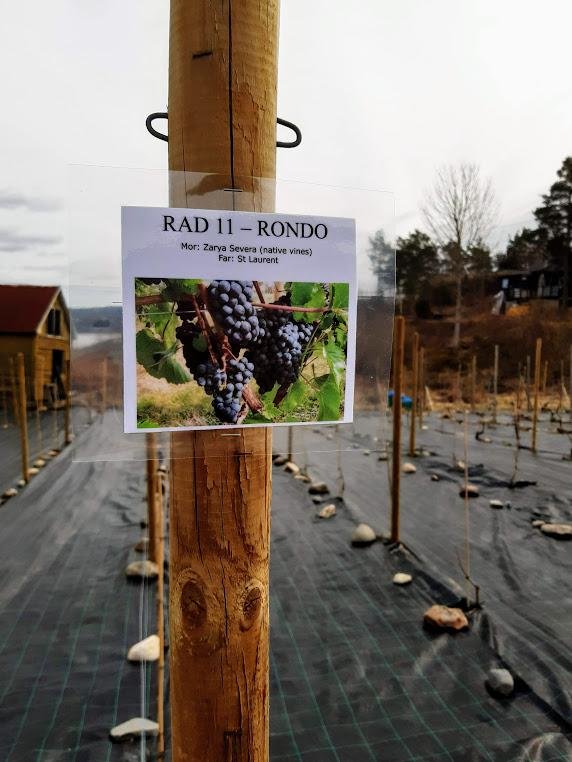
D+: What wines do Norwegians drink? How do they treat the wines of their kingdom?
D.C.: Norwegians are starting to like English wine and are also discovering Scandinavian wines, so that’s the future. There is mostly consumption of inexpensive wine, although there are also a large number of collectors of premium wines, all of which are purchased through Vinmonopolet.
D+: Could you tell us what the situation with exports is? To which countries does Norway send its wine? In general, how does the implementation take place under the conditions of the state monopoly? How strict and regulated is everything, at least, compared to other EU countries (in some of which wine is not equated with alcohol, but with food). After all, I for one have not met Norwegian wines in Ukraine. I saw aquavit, gin, sake, beer, including non-alcoholic, but not wine. To be honest, I am personally interested in Norway, so I would be buying Norwegian wines. What are your plans for the future, do you plan to expand exports?
D.C.: Export is certainly possible, but first of all the challenge will be to produce good quality wine at a fair price. The cost of living and wages in Norway are quite high. And the wine monopoly does not yet allow us to sell wine directly to private consumers yet. However, this applies not only to Norway. In Sweden, where Systembolaget (a state-owned chain of stores with a monopoly in Sweden for the sale of alcoholic beverages with an alcohol content above 3.5% – ed.) operates, they are also discussing how to achieve a change in the rules. So, meanwhile we are working on quality and style.

⇒ Join our social networks ⇒ Optimistic D+ editors will take this as a compliment.
⇒ Every like is taken as a toast!
27.11.2025